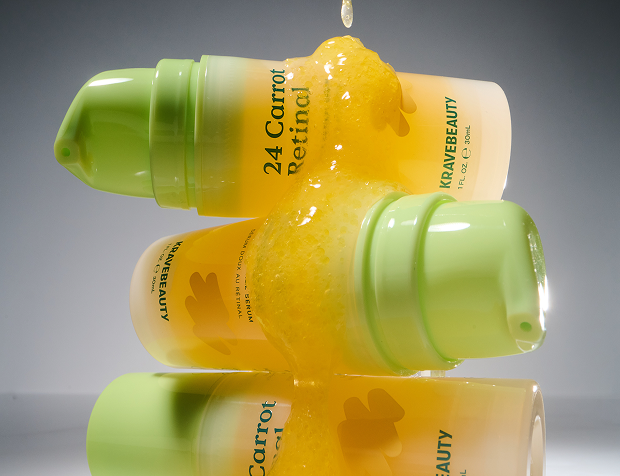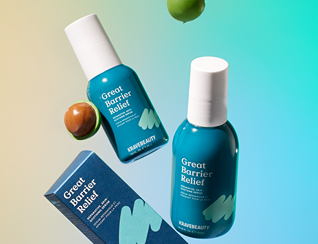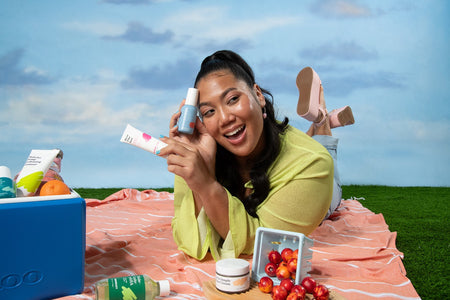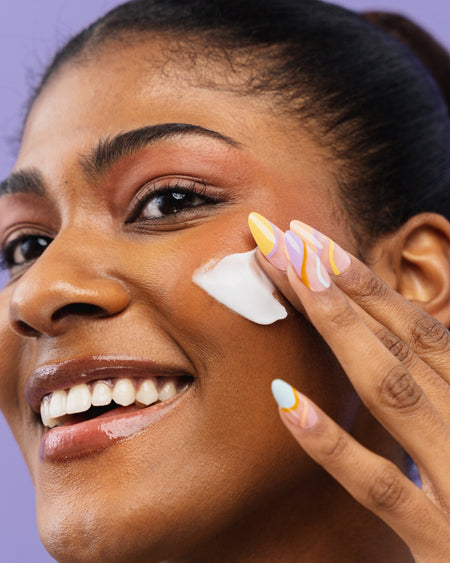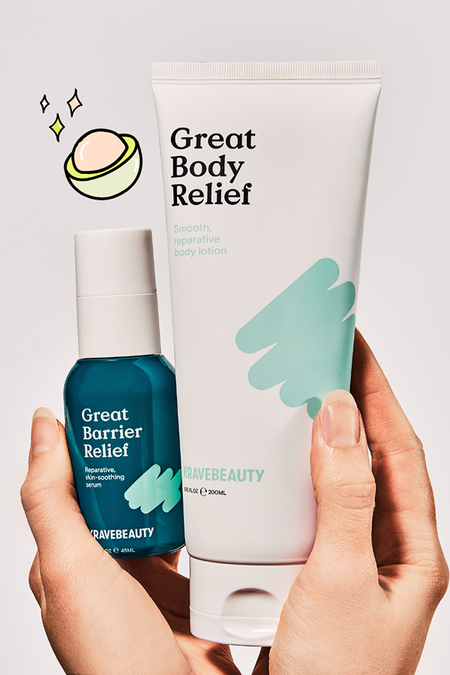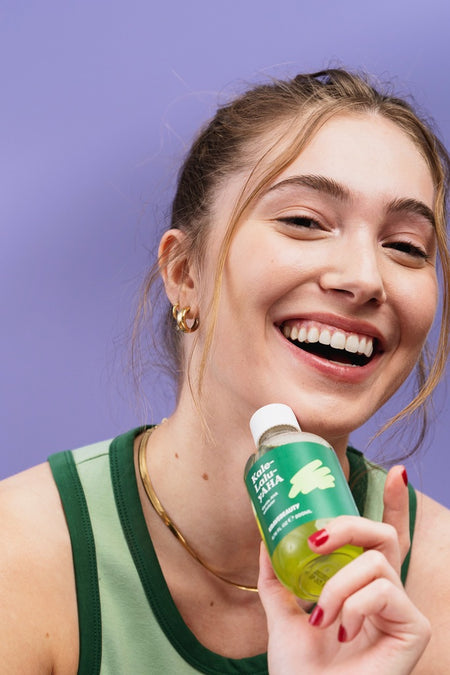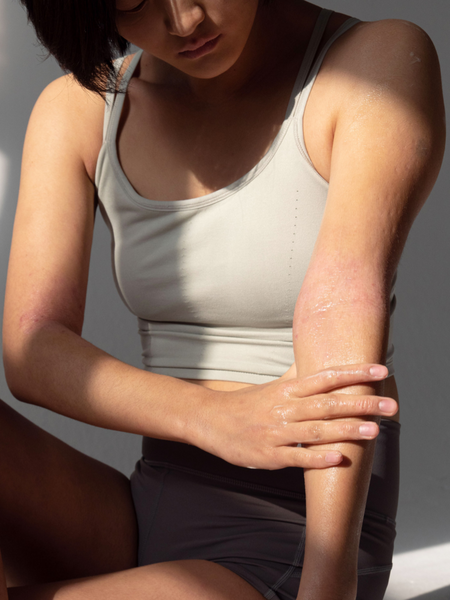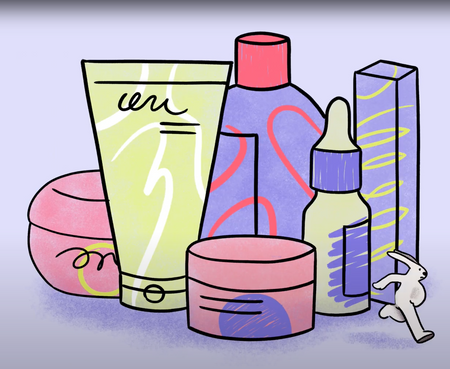Ingredient Series: Natural Moisturizing Factors

You’ve heard the magic words, “Now, seal in your skincare with a moisturizer!” probably more times than you can count (and we’re a little guilty of the constant reminders). What can we say? Topical moisturizers are awesome for keeping our skin hydrated and for preventing further moisture loss.
Now here’s the plot twist– did you know that our very own skin is actually a moisture-making machine itself? Yup, the moisture has been within you all this time, and they’re called Natural Moisturizing Factors (NMFs). As their name suggests, NMFs are naturally produced by our bodies from the breakdown of protein in our systems, and their job is to give our skin the moisture boost it needs.
Where are they located and produced?
NMFs are located inside the stratum corneum cells, or corneocytes, AKA in the brick-like part of our skin’s outer layer (remember this funky name from our skin barrier article?). They are a product of the breakdown process of a protein called filaggrin. As we’ve discussed before, the stratum corneum is crucial in keeping our skin barrier strong, and one of the main ways it does so is by using NMFs to maintain our skin’s hydration levels and shed off dead skin cells.
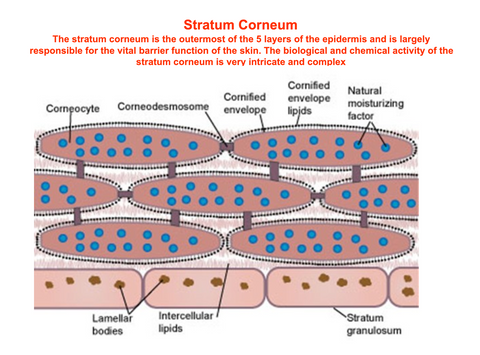
Source: https://slideplayer.com/slide/10344389/
What are they made of?
NMFs are composed of a variety of highly effective humectants, AKA water-attracting molecules. Specifically, they’re mainly made up of free amino acids and various derivatives of these amino acids such as PCA, urocanic acid, inorganic salts, sugars as well as lactic acid and urea. These guys pack themselves within our skin’s corneocytes, occupying approximately 10% of the corneocytes’ masses! But they’re more than welcome to stay because we can use all the help we can get in the moisture department.
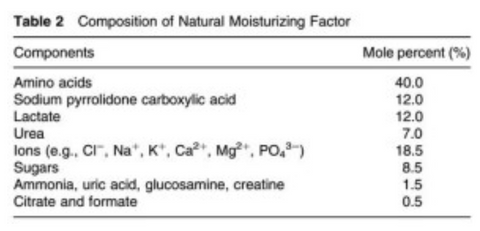
Source: Handbook of Cosmetic Science and Technology
How do they actually maintain our skin's moisture and keep our barrier intact?
NMFs are composed of water-attracting ingredients (humectants), which essentially serve to keep our skin hydrated by attracting water from the atmosphere. If you’re not familiar with what humectants are and how they works on our skin, we highly recommend checking out our previous blog for a crash course! How much NMFs we produce on our skin is greatly dependent on the climate and humidity levels wherever it is we call home. In other words, our skin can basically control and figure out how many NMFs it should produce in order to work optimally in its current environment (yes, our skin is that smart). So when we’re located in a higher humidity climate, our bodies naturally break down less filaggrin to form NMFs, and the other way around when we’re in a lower humidity climate.
Thanks to the NMFs that help us retain the water in our skin, our skin barriers are much better off too. That’s because this water increases the elasticity of the skin’s stratum corneum and thus makes our skin appear healthy, supple, and non-flaky. In addition, the water in our skin helps ensure that our skin’s enzymes are working properly to shed off the dead skin cells, which is very necessary for preventing bacteria buildup that leads to acne and skin congestion. We appreciate everything you do for us, NMFs 💗
What can affect our NMF levels?
Other than the humidity level/weather of our living environment, various skin conditions cause a natural reduction in our skin’s NMF production. Conditions such as atopic dermatitis, psoriasis, and xerosis are some examples, causing dryness, flaking, scaling, or even fissuring of the skin. Not fun at all.
Over-washing the skin, as well as, overexposure to UV rays have also been shown to disrupt our NMF levels. Additionally, the natural aging process seems to reduce our skin’s NMF levels as well, thus compromising our skin barrier and leading to dryness, wrinkles, and more signs of aging.
And that wraps up our spotlight on our skin’s natural moisturizer! If you’re interested in learning more on NMFs, check out msbeautyphile’s overview. Until next time, stay moisturized!!!
